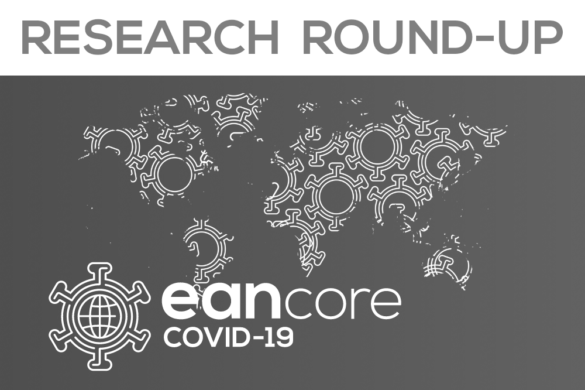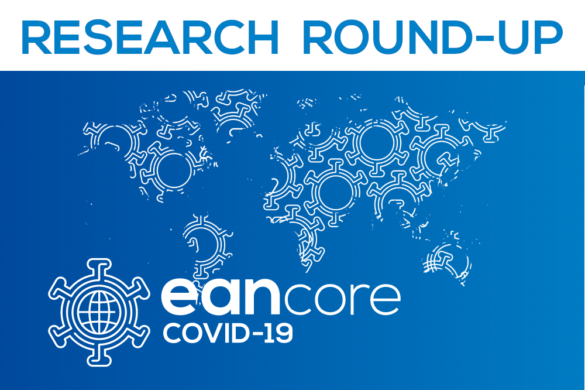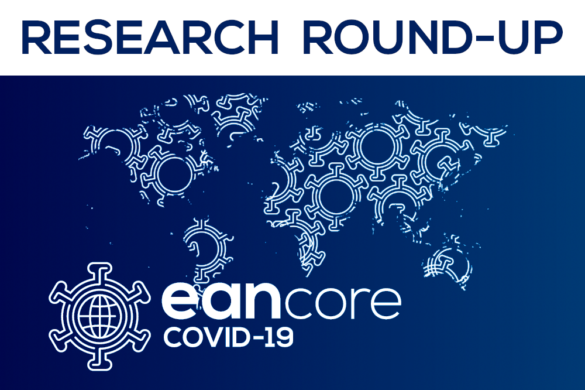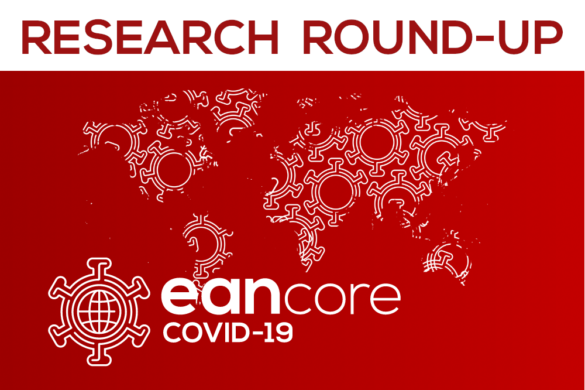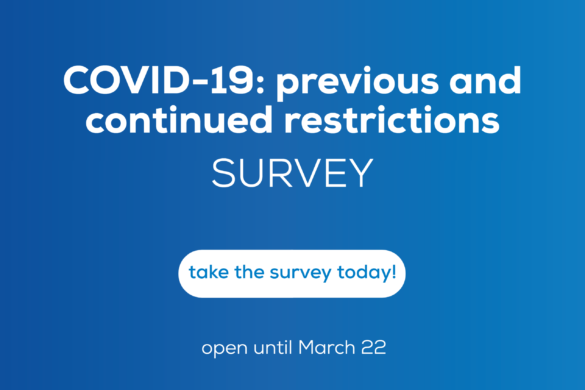Cross-sectional case-control studies (Blue)
The spectrum of neurological and psychiatric complications associated with paediatric SARS-CoV-2 infection is poorly understood. In this article the authors aimed to analyse the range and prevalence of these complications in hospitalised children and adolescents. They did a prospective national cohort study in the UK using an online network of secure rapid-response notification portals established by the CoroNerve study group. Paediatric neurologists were invited to notify any children and adolescents (age <18 years) admitted to hospital with neurological or psychiatric disorders in whom they considered SARS-CoV-2 infection to be relevant to the presentation. Patients were excluded if they did not have a neurological consultation or neurological investigations or both, or did not meet the definition for confirmed SARS-CoV-2 infection (a positive PCR of respiratory or spinal fluid samples, serology for anti-SARS-CoV-2 IgG, or both), or the Royal College of Paediatrics and Child Health criteria for paediatric inflammatory multisystem syndrome temporally associated with SARS-CoV-2 (PIMS-TS). Individuals were classified as having either a primary neurological disorder associated with COVID-19 (COVID-19 neurology group) or PIMS-TS with neurological features (PIMS-TS neurology group). The denominator of all hospitalised children and adolescents with COVID-19 was collated from National Health Service England data. Between April 2, 2020, and Feb 1, 2021, 52 cases were identified; in England, there were 51 cases among 1334 children and adolescents hospitalised with COVID-19, giving an estimated prevalence of 3·8 (95% CI 2·9-5·0) cases per 100 paediatric patients. 22 (42%) patients were female and 30 (58%) were male; the median age was 9 years (range 1-17). 36 (69%) patients were Black or Asian, 16 (31%) were White. 27 (52%) of 52 patients were classified into the COVID-19 neurology group and 25 (48%) were classified into the PIMS-TS neurology group. In the COVID-19 neurology group, diagnoses included status epilepticus (n=7), encephalitis (n=5), Guillain-Barré syndrome (n=5), acute demyelinating syndrome (n=3), chorea (n=2), psychosis (n=2), isolated encephalopathy (n=2), and transient ischaemic attack (n=1). The PIMS-TS neurology group more often had multiple features, which included encephalopathy (n=22 [88%]), peripheral nervous system involvement (n=10 [40%]), behavioural change (n=9 [36%]), and hallucinations at presentation (n=6 [24%]). Recognised neuroimmune disorders were more common in the COVID-19 neurology group than in the PIMS-TS neurology group (13 [48%] of 27 patients vs 1 [<1%] of 25 patients, p=0·0003). Compared with the COVID-19 neurology group, more patients in the PIMS-TS neurology group were admitted to intensive care (20 [80%] of 25 patients vs six [22%] of 27 patients, p=0·0001) and received immunomodulatory treatment (22 [88%] patients vs 12 [44%] patients, p=0·045). 17 (33%) patients (10 [37%] in the COVID-19 neurology group and 7 [28%] in the PIMS-TS neurology group) were discharged with disability; one (2%) died (who had stroke, in the PIMS-TS neurology group). The authors concluded that this study identified key differences between those with a primary neurological disorder versus those with PIMS-TS. Compared with patients with a primary neurological disorder, more patients with PIMS-TS needed intensive care, but outcomes were similar overall. Further studies should investigate underlying mechanisms for neurological involvement in COVID-19 and the longer-term outcomes.
Ray STJ, Abdel-Mannan O, Sa M, Fuller C, Wood GK, Pysden K, Yoong M, McCullagh H, Scott D, McMahon M, Thomas N, Taylor M, Illingworth M, McCrea N, Davies V, Whitehouse W, Zuberi S, Guthrie K, Wassmer E, Shah N, Baker MR, Tiwary S, Tan HJ, Varma U, Ram D, Avula S, Enright N, Hassell J, Ross Russell AL, Kumar R, Mulholland RE, Pett S, Galea I, Thomas RH, Lim M, Hacohen Y, Solomon T, Griffiths MJ, Michael BD, Kneen R; CoroNerve study group. Neurological manifestations of SARS-CoV-2 infection in hospitalised children and adolescents in the UK: a prospective national cohort study. Lancet Child Adolesc Health. 2021 Jul 14:S2352-4642(21)00193-0. doi: 10.1016/S2352-4642(21)00193-0.





